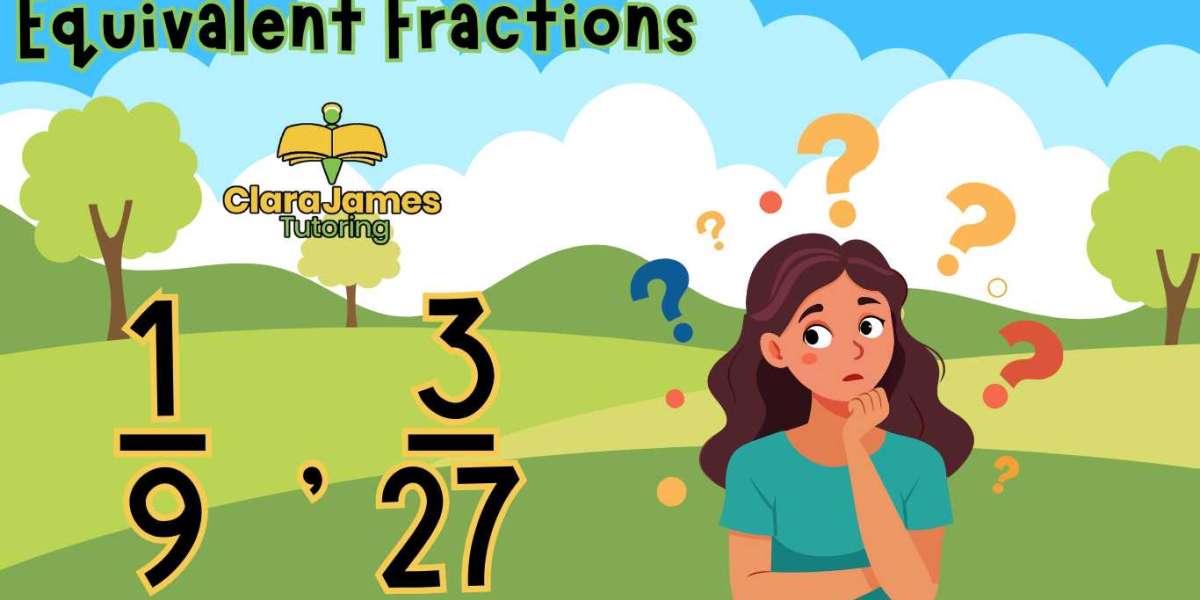I can’t believe it’s the end of term in the next week or two. It seems to have taken so long to get here and now the holidays are waiting on the doorstep ready to come in.
Over the past few days, I’ve been slowly uploading the resources and explanations to the 11+ summer resources.
Fractions are something that a lot of people from primary through GCSE struggle with
I thought I will add the foundations of the explanation here (it goes on for a while which is why I haven’t bored you with all of it, but shout if you do want it (It will eventually all appear in the Clara James Approach and the 11+ resources).
A fraction is a bit of something.
I would suggest a piece of cake, but I was working with someone once and used that as my description, and he got locked onto the fact that the cake might crumble.
We will say we have a piece of cake but we can be assured it's one that won't crumble. It’s been cut into 8 equal parts. That 8, is the number that goes at the bottom of the fraction. In effect, it tells us how many we have.
The number on the bottom is the denominator.
The number on the top is the numerator.
Imagine, 2 pieces of cake are eaten.
That means that 2/8 of the cake are eaten, or we have 6/8 of the cake left. (Because 8-2 leaves us with 6 pieces).
If all bar one of the pieces were eaten, we’d have 1/8 left and 7/8th eaten.
If you are asked to colour in ¼, you would group for parts and just colour in 1 of them doing this repeatedly until all the parts are complete.
I hope that makes sense so far. Please do ask if not.
Next, we might be asked about equivalent fractions.
Imagine now that my cake is cut into 2 pieces. You can have a piece and I will also have a piece. We each get 1 piece out of 2 (1/2).
But 2 more friends turn up, so we cut it down into 4 equal pieces. However, they don’t want any, so instead of us having 1 big piece each, we get 2 pieces out of 4 each (2/4)
2
4
Because we doubled the 1 to get to two, we had to double the 2 as well.
If we multiply or divide the top and bottom numbers by the same amount, we will keep them equivalent. This is also how we simplify.
If we had the example:
6
12
Both can be divided by 6
6/6=1
12/6 =2
Giving us an equivalent fraction of ½
If the numbers are bigger, you may break it down into smaller steps. In this example you might have halved both numbers first, then divided them both by 3.
In other examples you might have divided by 5 or 10 first to keep it simple, then as the numbers got smaller and more manageable, you can start diving by the numbers you are less confident with.
I hope this makes sense. I will endeavour to make a video to accompany it along with creating the notes on adding/subtracting/ dividing/ multiplying fractions.
(Games I would use to support these would probably start with pairs or colouring tasks)












